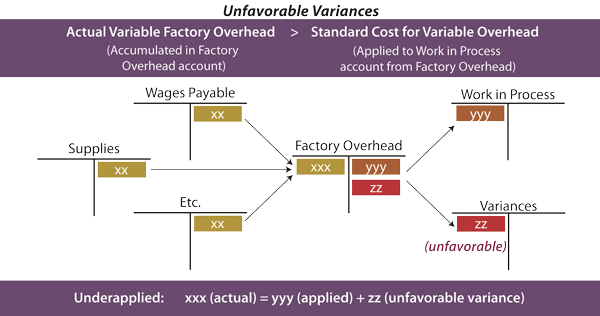Balance of Trade Definition Favorable vs Unfavorable
Post on: 16 Март, 2015 No Comment

How It’s Different from Balance of Payments
Definition: The balance of trade compares the value of a country’s exp orts of goods and services against its imports. When exports are greater than imports, that’s a trade surplus. which is generally considered a favorable trade balance. The opposite, when the value of imports outweighs the value of exports, is a trade deficit, and this is generally considered an unfavorable trade balance. However, it all depends on where the country is in its business cycle. how long the deficit or surplus has been ongoing, and the reasons behind it.
What Exactly Is the Balance of Trade?
The trade balance subtracts imports from exports. Imports are any goods and services that are made in a foreign country and bought by a country’s residents. You generally think of imports as being shipped in from a foreign country, but even if it’s bought by residents while traveling abroad, it’s still an import. They are just shipping the imports home themselves, in their suitcases. Services provided while traveling, such as transportation, hotels and meals, are also technically imports. It also doesn’t matter if the company that makes the good or service is a domestic company.
Exports are any goods or services that are sold to a foreign resident by a domestic resident or business. Whether it’s a pair of jeans you mail to a friend, or merchandise shipped from an American corporate headquarters to its foreign office, if they pay for it, then it’s technically an export.
The balance of trade is important because it’s a large component of the current account. Besides the trade balance, this also measures a country’s net income earned on international assets. as well as payments across borders.The trade balance is the easiest to measure, since all goods and many services must pass through Customs. The current account is part of a country’s balance of payments. which attempts to measure all international transactions.
Favorable Trade Balance
Countries generally try to create trade policies that encourage a trade surplus. They consider this to be a favorable trade balance because it’s like making a profit as a country. You’d prefer to sell more, so you can get a higher income, and have more capital for your residents. This will translate into a higher standard of living. That’s because your businesses will sustain a competitive advantage by gaining the expertise in producing everything they export. They will hire more workers, reducing unemployment and generating more income for your residents.
To maintain this favorable trade balance, leaders often resort to trade protectionism. They protect domestic industries, by levying tariffs. quotas or subsidies on imports. This usually works great until other countries retaliate, and slap on their own tariffs.
In special circumstances, a trade deficit can actually be a more favorable balance of trade. It all depends on where the country is in its business cycle. For example, Hong Kong has a trade deficit, but most of its imports are raw materials which it converts to finished goods and re-exports out. Canada’s slight trade deficit is a result of its strong economic growth, which allows its residents to enjoy the higher standard of living afforded by diverse imports.
On a darker side, Romania’s former dictator, Nicolae Ceausescu, created a trade surplus through protectionism and forcing Romanians to save, not spend on imports. This resulted in such a low standard of living that he was eventually forced out. (Source: CIA World Factbook, Canada’s Economy ; Melvyn B. Kraus, Hoover Institution, What’s So Favorable About a Favorable Balance of Trade?. July 30, 1997)

Unfavorable Trade Balance
Trade deficits are usually considered to be an unfavorable balance of trade, for the same reasons as given above. A country that imports more in consumer products than it exports in raw materials doesn’t give its domestics businesses the experience needed to make those higher value-added products. Furthermore, it could eventually deplete its natural resources. and it is dependent on global commodities ‘ prices.
A trade surplus is not always a favorable trade balance. China and Japan have both become dependent on exports to drive economic growth. To maintain this surplus, they both purchase large amounts of U.S. Treasuries to keep the dollar’s value high, and the value of their currencies low — making their exports competitively priced.
Balance of Trade vs Balance of Payments
The balance of trade is a large component of the balance of payments. However, the balance of payments also measures international investments and net income made on those investments. A country can run a trade deficit, but still have a surplus in its balance of payments. How? Foreigners invest in the country’s growth by loaning to businesses, buying government bonds, and hiring workers from that country. If the other components of the balance of payments are in a large enough surplus, a trade deficit can be completely offset. Article updated November 19, 2014














